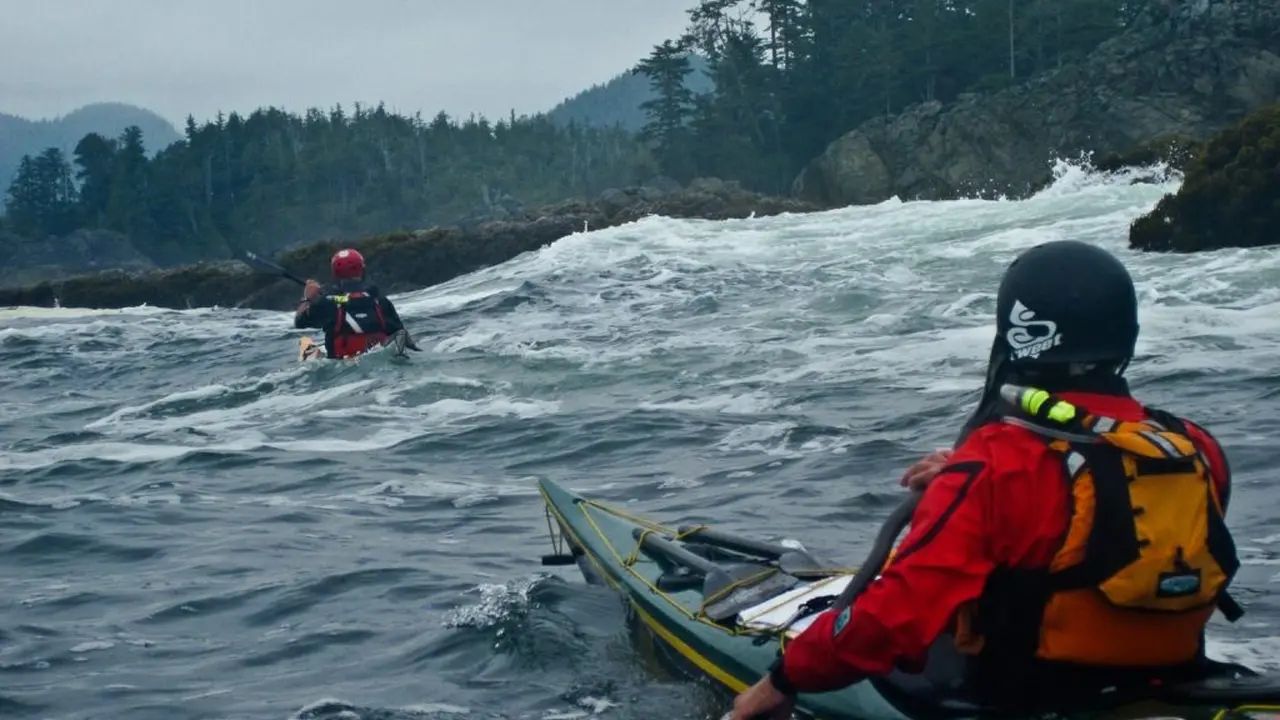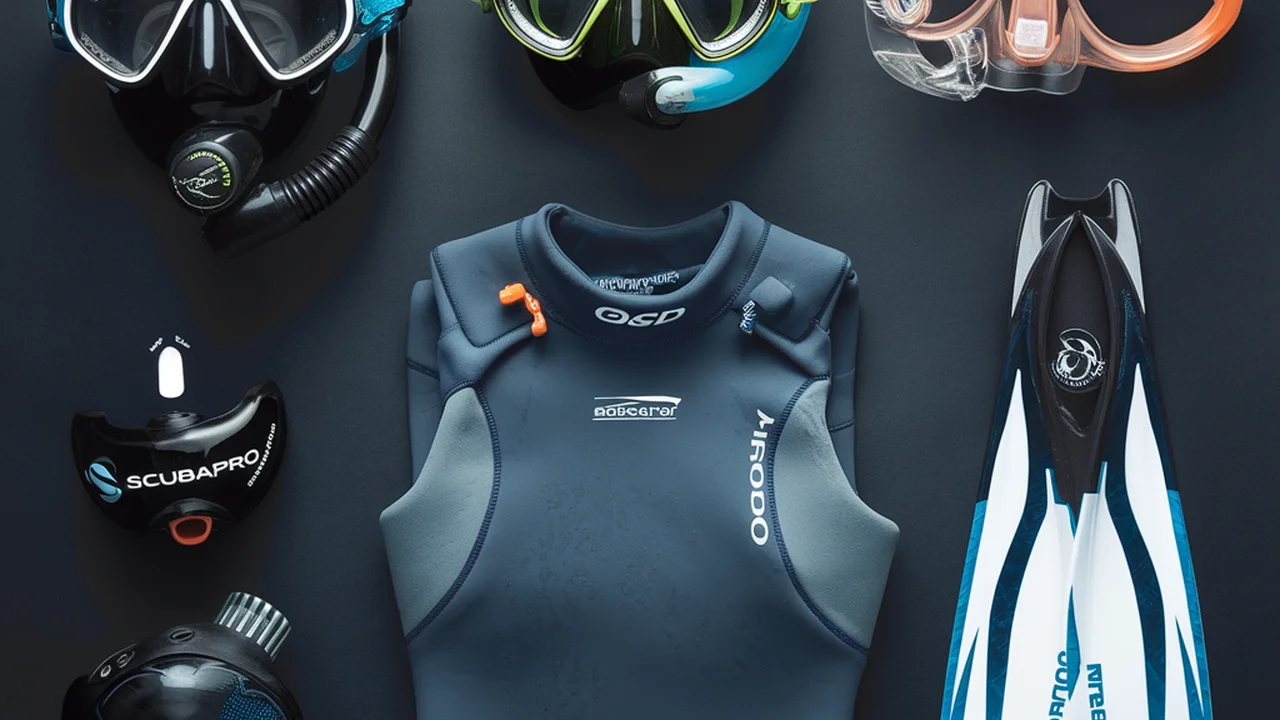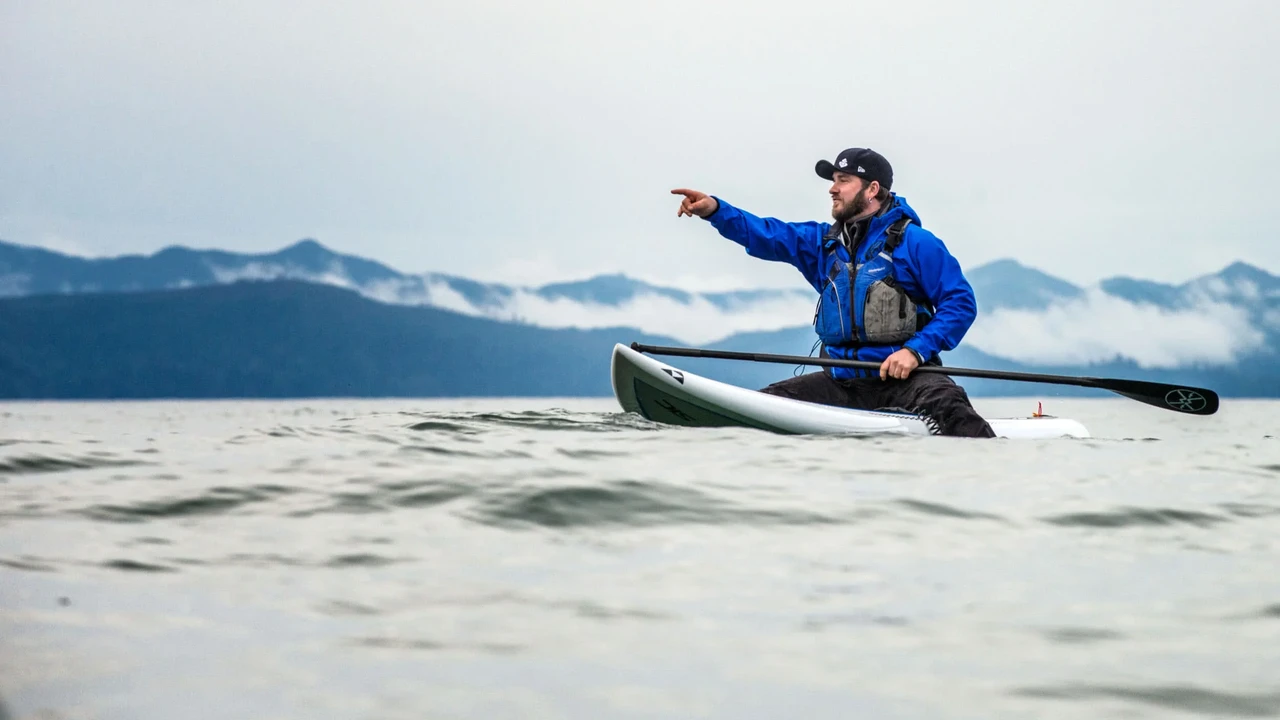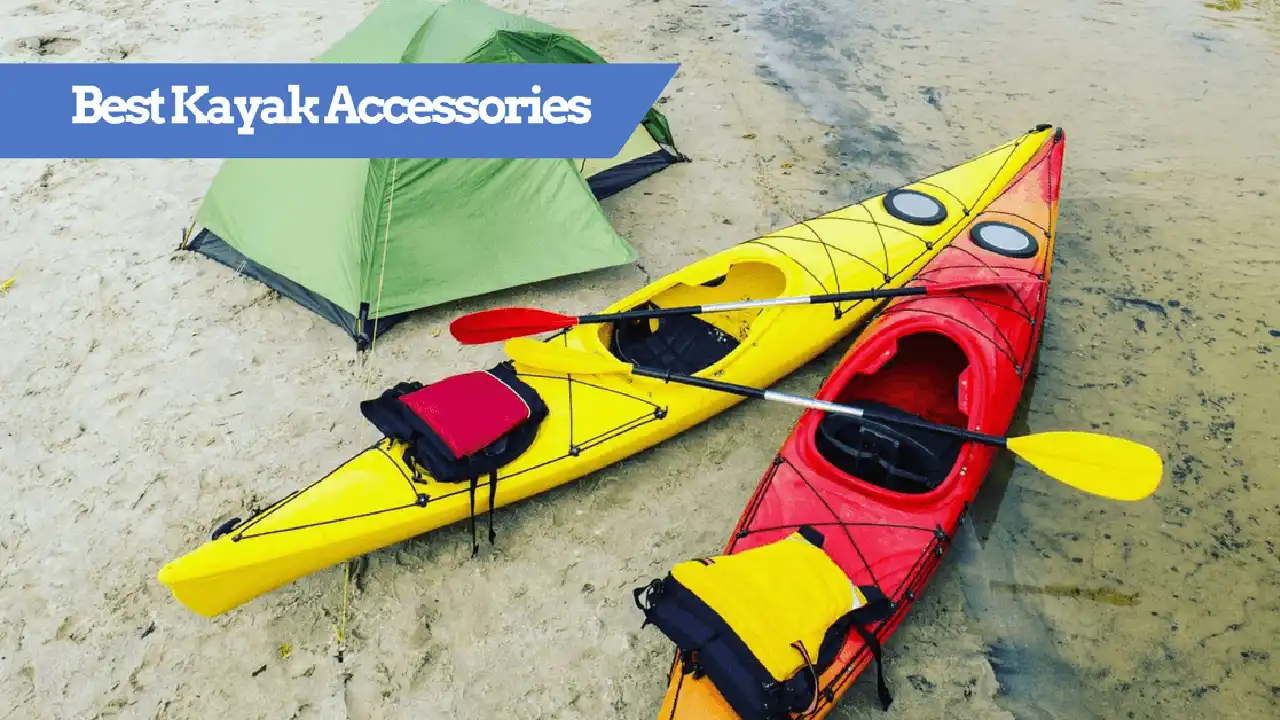Emergency Procedures for Scuba Divers
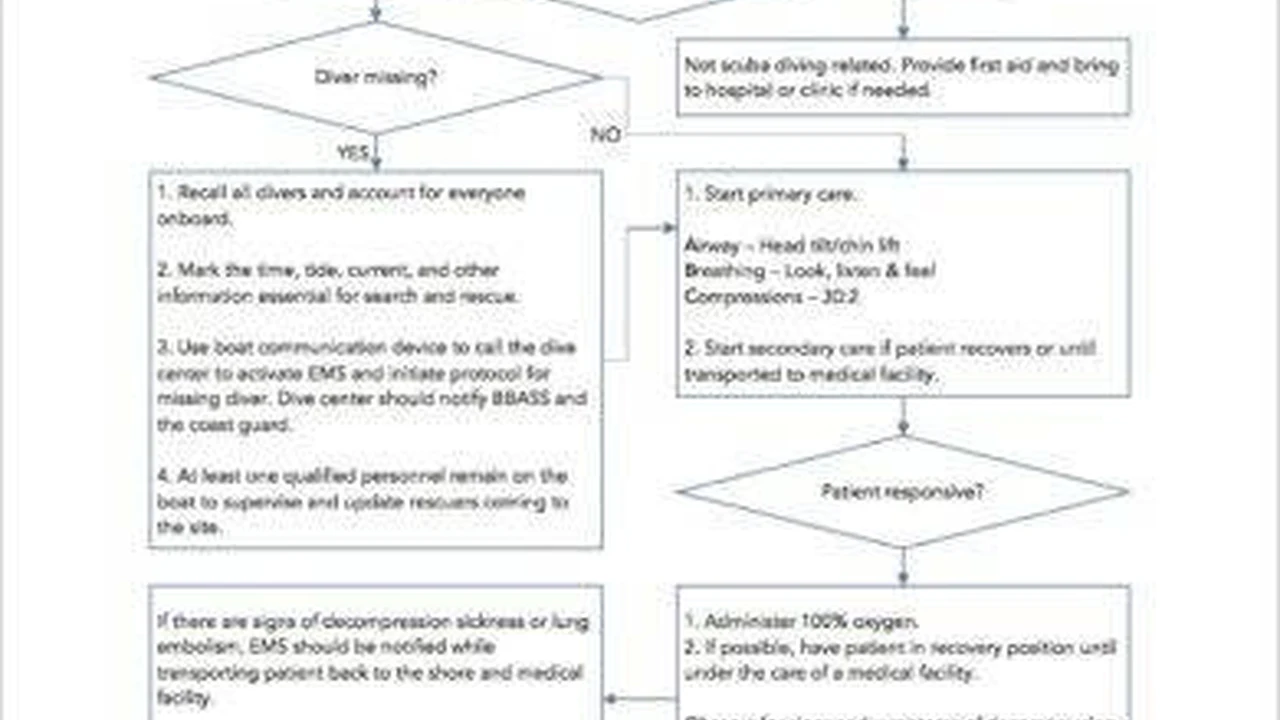
Understanding the Allure of Scuba Diving on the West Coast
The West Coast of North America, stretching from California to British Columbia, offers a diverse and captivating underwater landscape for scuba divers. From vibrant kelp forests teeming with marine life to dramatic underwater canyons and historical shipwrecks, the West Coast provides a unique and unforgettable diving experience. But before you plunge into these alluring waters, let's delve into what makes West Coast diving so special.
The appeal lies in the variety. In Southern California, you'll find warmer waters and kelp forests, home to playful sea lions, bright orange Garibaldi (California's state fish), and a myriad of other creatures. Further north, in Oregon and Washington, the waters are cooler, but the visibility can be surprisingly good, and the marine life is just as fascinating. You might encounter giant Pacific octopus, rockfish, and even the occasional harbor seal.
The rugged coastline also contributes to the adventure. Dramatic cliffs plunge into the ocean, creating stunning underwater topography. Strong currents and surge can add a level of challenge, making West Coast diving more suited to experienced divers in some areas. However, there are also plenty of sheltered coves and bays perfect for beginners.
Essential Scuba Diving Gear for West Coast Adventures
Choosing the right gear is crucial for a safe and enjoyable dive, especially in the diverse conditions of the West Coast. Let's break down the essential equipment and explore some specific product recommendations.
Wetsuits and Drysuits: Staying Warm in Cool Waters
Water temperature is a significant factor on the West Coast. While Southern California can be relatively warm in the summer, temperatures drop significantly as you move north. Therefore, a good wetsuit or drysuit is essential for thermal protection. For Southern California in the summer, a 5mm or 7mm wetsuit might suffice. However, for most of the year, and for diving further north, a drysuit is highly recommended.
Product Recommendation: The Bare Aqua Trek Pro Dry is a popular choice for West Coast divers. It's a durable, neoprene drysuit that offers excellent thermal protection and flexibility. The neoprene construction provides inherent buoyancy, making it easier to control your ascent and descent. Pricing: Approximately $1200 - $1500.
Use Case: Imagine diving in the Puget Sound in Washington state. The water temperature is a chilly 45°F (7°C). Without a drysuit like the Bare Aqua Trek Pro Dry, you'd be shivering within minutes. The drysuit keeps you completely dry, allowing you to comfortably explore the underwater world for a longer duration.
Product Comparison: Another excellent drysuit option is the Fourth Element Argonaut 2.0 Flex. This suit is made from a breathable fabric, which can help to reduce condensation inside the suit, making it more comfortable for longer dives. However, it's generally more expensive than the Bare Aqua Trek Pro Dry. Pricing: Approximately $1800 - $2200.
Regulators: Breathing Easy Underwater
Your regulator is your lifeline underwater, so it's essential to choose a reliable and well-maintained model. Look for a regulator that is environmentally sealed to prevent freezing in cold water, a common issue on the West Coast.
Product Recommendation: The Scubapro MK25 EVO/A700 is a high-performance regulator that is known for its reliability and excellent breathing performance. The MK25 EVO first stage is environmentally sealed, making it ideal for cold-water diving. The A700 second stage provides smooth and effortless breathing at all depths. Pricing: Approximately $800 - $1000.
Use Case: Picture yourself exploring a deep wreck off the coast of Oregon. The water is cold, and you're breathing heavily as you navigate the intricate structure. A reliable regulator like the Scubapro MK25 EVO/A700 ensures that you can breathe easily and comfortably, even under pressure.
Product Comparison: The Atomic Aquatics B2 regulator is another top contender. It's known for its corrosion-resistant materials and smooth breathing performance. However, it's generally more expensive than the Scubapro MK25 EVO/A700. Pricing: Approximately $900 - $1200.
BCD (Buoyancy Compensator Device): Mastering Buoyancy Control
A BCD is essential for controlling your buoyancy underwater. Look for a BCD that fits comfortably and has adequate lift capacity for your diving needs. Back-inflate BCDs are popular among experienced divers as they provide a more streamlined profile in the water.
Product Recommendation: The Aqua Lung Zuma is a lightweight and travel-friendly BCD that is also a great option for local diving. It features a comfortable harness and ample storage pockets. Pricing: Approximately $400 - $500.
Use Case: Imagine diving in a kelp forest off the coast of California. You need to maintain precise buoyancy to avoid damaging the delicate kelp. A well-fitting BCD like the Aqua Lung Zuma allows you to easily adjust your buoyancy and navigate through the kelp forest with ease.
Product Comparison: The Scubapro Hydros Pro is a more advanced BCD that offers a customizable fit and a modular design. It's a great choice for divers who want a BCD that can be adapted to different diving conditions. However, it's more expensive than the Aqua Lung Zuma. Pricing: Approximately $700 - $900.
Dive Computers: Tracking Your Dive
A dive computer is an essential tool for monitoring your depth, dive time, and nitrogen loading. Choose a dive computer that is easy to read and use, and that offers the features you need for your diving style.
Product Recommendation: The Suunto Zoop Novo is a user-friendly dive computer that is perfect for beginners. It displays all the essential information clearly and is easy to operate. Pricing: Approximately $300 - $400.
Use Case: You're on a multi-level dive off the coast of Vancouver Island. You need to carefully monitor your depth and dive time to avoid exceeding your no-decompression limits. A dive computer like the Suunto Zoop Novo provides you with the information you need to stay safe and enjoy your dive.
Product Comparison: The Garmin Descent Mk2i is a more advanced dive computer that offers a range of features, including air integration and GPS. It's a great choice for experienced divers who want a comprehensive dive computer. However, it's significantly more expensive than the Suunto Zoop Novo. Pricing: Approximately $1300 - $1500.
Other Essential Gear: Fins, Mask, Snorkel, and More
Don't forget other essential gear such as fins, a mask, and a snorkel. Choose fins that are comfortable and provide adequate propulsion. A well-fitting mask is crucial for clear underwater vision. A snorkel is useful for surface swimming and conserving air while waiting for your dive buddy.
Navigating the Unique Challenges of West Coast Diving
West Coast diving presents some unique challenges that divers need to be aware of. These include strong currents, surge, cold water, and limited visibility in some areas. Proper planning and preparation are essential for a safe and enjoyable dive.
Understanding and Managing Currents and Surge
Currents and surge can be strong on the West Coast, especially around points and in channels. Before diving, check the tide charts and current predictions. Be aware of the potential for changes in current during your dive. If you encounter a strong current, try to swim perpendicular to it to reach shallower water. If you get caught in a current, signal to your dive buddy and surface with caution.
Dealing with Cold Water and Thermal Protection
As mentioned earlier, cold water is a significant factor on the West Coast. Proper thermal protection is essential to prevent hypothermia. In addition to a wetsuit or drysuit, consider wearing a hood, gloves, and booties. Limit your dive time and depth in cold water. Be aware of the signs of hypothermia, such as shivering, confusion, and fatigue.
Improving Visibility and Diving in Low-Visibility Conditions
Visibility can be limited in some areas of the West Coast due to plankton blooms, sediment, and weather conditions. Choose dive sites that are known for good visibility. Dive during slack tide when currents are weaker. Use a dive light to improve your visibility. Stay close to your dive buddy and use hand signals to communicate.
Exploring Popular Scuba Diving Destinations on the West Coast
The West Coast offers a wealth of incredible diving destinations, each with its own unique charm and attractions. Here are a few popular spots to consider:
Monterey, California: Kelp Forests and Marine Life
Monterey is famous for its vibrant kelp forests, which are home to a diverse array of marine life, including sea otters, seals, and colorful invertebrates. The Monterey Bay Aquarium is a must-visit attraction for anyone interested in marine biology.
Channel Islands National Park, California: Wrecks and Underwater Caves
The Channel Islands offer a variety of diving experiences, from exploring shipwrecks to swimming through underwater caves. The islands are also home to a unique array of marine life, including giant sea bass and harbor seals.
Puget Sound, Washington: Cold-Water Diving and Giant Pacific Octopus
Puget Sound is a mecca for cold-water diving, with opportunities to encounter giant Pacific octopus, wolf eels, and other fascinating creatures. The sound is also home to numerous shipwrecks and artificial reefs.
Vancouver Island, British Columbia: Wrecks and Wall Dives
Vancouver Island offers a mix of wreck diving and wall diving, with opportunities to see a variety of marine life, including rockfish, lingcod, and nudibranchs. The island is also known for its stunning scenery and abundant wildlife.
Scuba Diving Safety: Prioritizing Your Well-being Underwater
Safety should always be your top priority when scuba diving. Here are some essential safety tips to keep in mind:
Pre-Dive Checks: Ensuring Gear Functionality
Before every dive, perform a thorough pre-dive check of your gear. Check your regulator for leaks, ensure that your BCD is inflating and deflating properly, and verify that your dive computer is functioning correctly. Discuss your dive plan with your dive buddy and agree on hand signals.
Buddy System: Diving Together, Staying Safe
Always dive with a buddy. The buddy system allows you to assist each other in case of an emergency. Stay within visual contact of your buddy throughout the dive. Communicate regularly and be aware of your buddy's air supply and well-being.
Ascent and Descent Rates: Preventing Decompression Sickness
Control your ascent and descent rates to prevent decompression sickness. Ascend slowly and make a safety stop at 15 feet for 3-5 minutes. Avoid exceeding your no-decompression limits. If you experience any symptoms of decompression sickness, seek immediate medical attention.
Emergency Procedures: Preparing for the Unexpected
Be familiar with emergency procedures, such as out-of-air situations, equipment malfunctions, and lost buddy procedures. Practice these procedures regularly with your dive buddy. Carry a safety sausage and a whistle to signal for help in case of an emergency.
The Future of Scuba Diving on the West Coast: Conservation and Sustainability
The future of scuba diving on the West Coast depends on our ability to protect the marine environment. Here are some ways to promote conservation and sustainability:
Responsible Diving Practices: Minimizing Environmental Impact
Practice responsible diving habits to minimize your impact on the marine environment. Avoid touching or disturbing marine life. Be careful not to damage coral or other delicate ecosystems. Collect any trash you find underwater.
Supporting Marine Conservation Organizations: Protecting Our Oceans
Support marine conservation organizations that are working to protect the West Coast's marine environment. These organizations conduct research, educate the public, and advocate for policies that protect our oceans.
Educating Others: Spreading Awareness and Inspiring Action
Educate others about the importance of marine conservation. Share your passion for diving and the ocean with your friends and family. Encourage them to take action to protect our marine environment.
Conclusion? Not so fast! Let's keep exploring...
Scuba diving the West Coast is an adventure that offers something for everyone, from beginners to experienced divers. By understanding the unique challenges of the region, choosing the right gear, and prioritizing safety, you can enjoy unforgettable underwater experiences. Remember to dive responsibly and support marine conservation efforts to ensure that future generations can enjoy the wonders of the West Coast's underwater world.
:max_bytes(150000):strip_icc()/277019-baked-pork-chops-with-cream-of-mushroom-soup-DDMFS-beauty-4x3-BG-7505-5762b731cf30447d9cbbbbbf387beafa.jpg)



